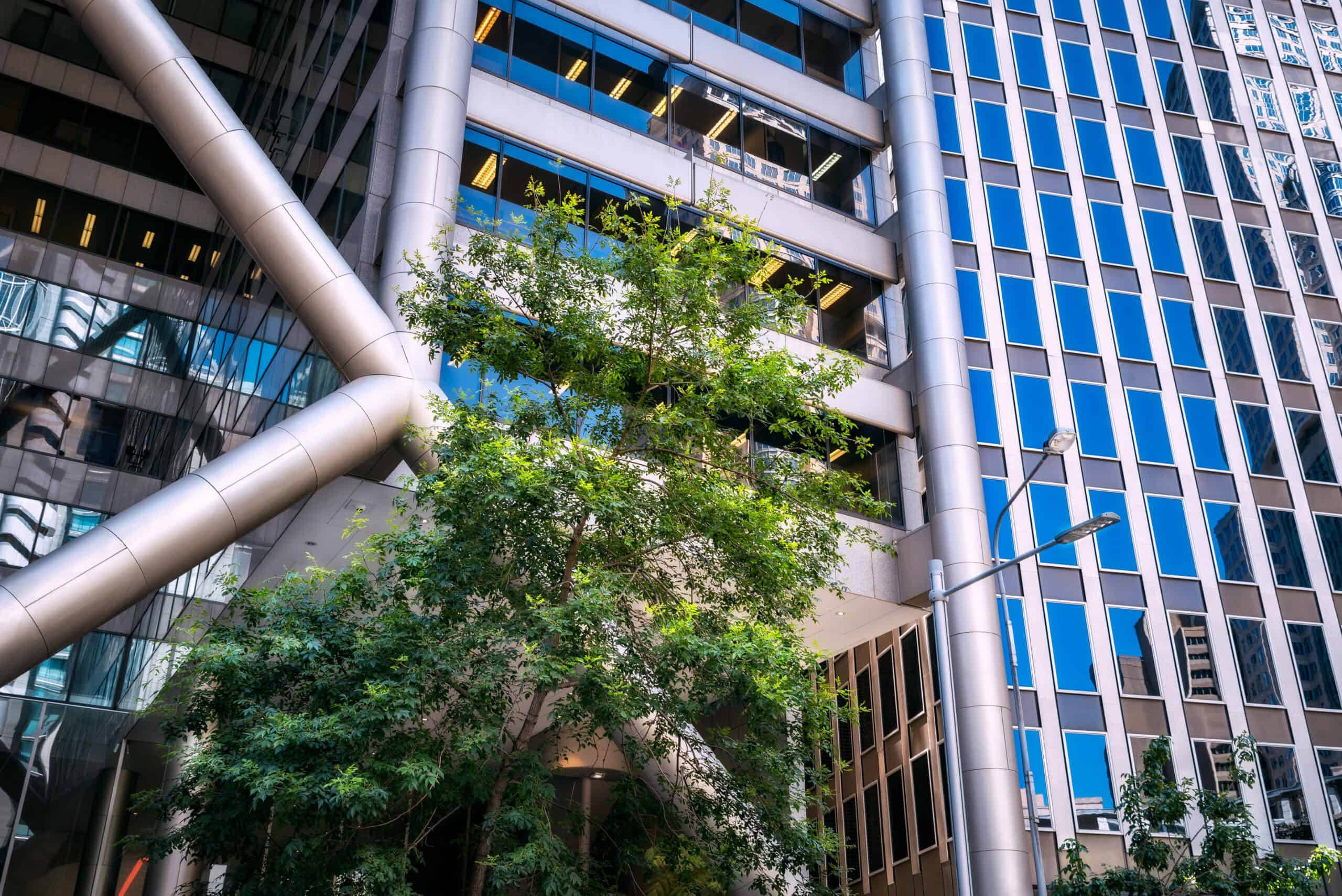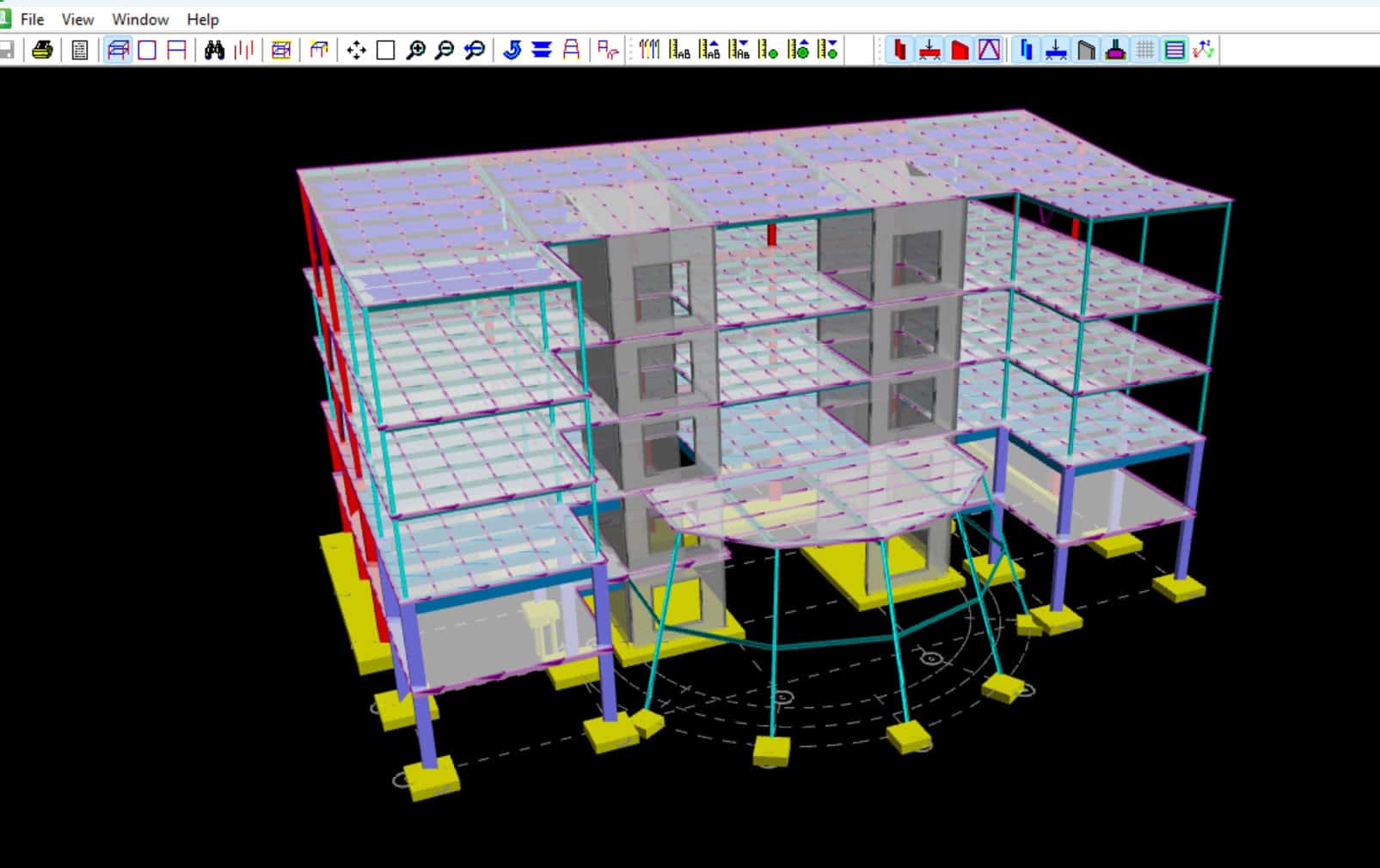In fluid flow analysis, we ideally can use relatively coarse meshes and still get reasonable solutions in the flow and pressure predictions, even for high Reynolds and Peclet number flows. We would also like to have a true consistent tangent matrix in the Newton-Raphson iteration. This is particularly important in FSI solutions where large deformations in the structure and the fluid mesh can occur. Of course, if the fluid mesh is increasingly made finer, the flow and pressure predictions will become increasingly more accurate. Here we present the solutions of simple test problems to illustrate the power of the new elements. Note that these are only test problems.









 A Laminar Cavity Flow model
The laminar cavity flow model depicted shows particle-tracing results for Reynolds numbers 1, 100, 10 000 and 1 000 000. This is an example of hierarchical modeling using the new Flow Condition Based Interpolation (FCBI) elements in ADINA-F. Hierarchical modeling means “assume first laminar flow conditions.” The figures show that a reasonable solution is obtained using a coarse mesh. When the mesh is made finer, more details of the flow are revealed. Of course, for the high Reynolds number results, turbulence effects are present. Therefore, after having “solved” the model as laminar flow, the mathematical model must in practice be enriched using a turbulence model.
A Laminar Cavity Flow model
The laminar cavity flow model depicted shows particle-tracing results for Reynolds numbers 1, 100, 10 000 and 1 000 000. This is an example of hierarchical modeling using the new Flow Condition Based Interpolation (FCBI) elements in ADINA-F. Hierarchical modeling means “assume first laminar flow conditions.” The figures show that a reasonable solution is obtained using a coarse mesh. When the mesh is made finer, more details of the flow are revealed. Of course, for the high Reynolds number results, turbulence effects are present. Therefore, after having “solved” the model as laminar flow, the mathematical model must in practice be enriched using a turbulence model.
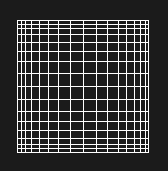
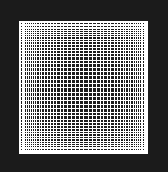
Left: Coarse Mesh Right: Fine Mesh
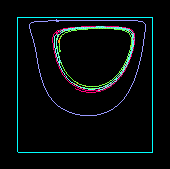

Re = 1

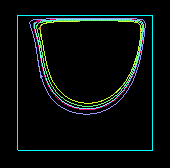
Re = 100
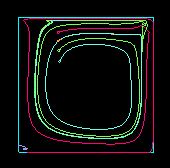
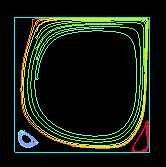
Re = 10,000
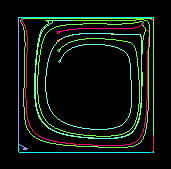

Re = 1,000,000


